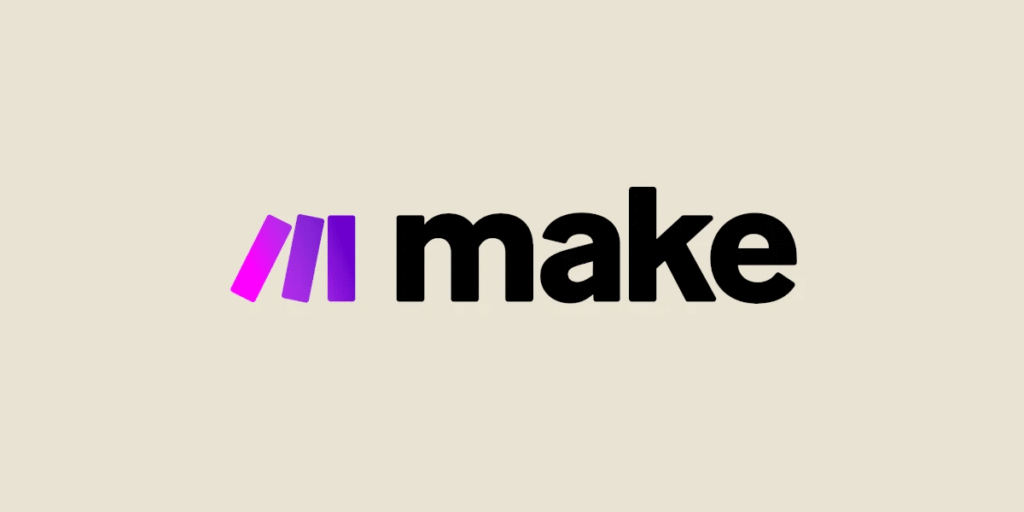Which Workflow Automation Tools Can Streamline Your Business?
Let’s face it, managing repetitive tasks day after day can be draining. Whether it’s sending follow-up emails, updating spreadsheets, or moving files between apps, these routine tasks eat up valuable time that could be better spent on strategic work. This is where effective workflow automation tools become invaluable. But here’s the big question: Which solution should you use to automate your workflows?
There’s no one-size-fits-all answer, but let’s explore a few of the most popular and effective workflow automation tools available today, and how each might suit your needs.
1. Zapier – Best for Connecting Everyday Apps

If you’re looking for a user-friendly way to connect different platforms like Gmail, Slack, Google Sheets, or Trello, Zapier is a solid choice among workflow automation tools. It works on the idea of “Zaps,” which are automated workflows that connect two or more apps.
For example, you can create a Zap that automatically saves email attachments from Gmail into Google Drive, and then notifies you in Slack. All without writing a single line of code.
Why use it?
- No coding required
- Works with over 6,000 apps
- Great for small to medium businesses
2. Make (formerly Integromat) – Best for Visual Workflow Building

Make offers a more visual, drag-and-drop approach to workflow automation. If you prefer to see how each step of your process connects visually, Make is a powerful contender in the space of workflow automation tools. It supports advanced logic and branching, which is helpful for more complex workflows.
Why use it?
- Visual interface
- Powerful scenario building
- Ideal for more technical users or complex processes
3. Microsoft Power Automate – Best for Microsoft Ecosystem Users

If your business is already using Microsoft tools like Outlook, Excel, Teams, or SharePoint, then Power Automate might be the most seamless option from the available workflow automation tools. It’s integrated directly into Microsoft 365 and allows you to create automated workflows with little to no coding.
Why use it?
- Deep integration with Microsoft products
- AI capabilities like document processing
- Enterprise-level security and compliance
4. n8n – Best for Developers Who Want Flexibility

If you’re more technically inclined or want full control over your workflows, n8n (short for “node to node”) is an open-source alternative among workflow automation tools that offers extensive customization. It allows you to host automation workflows on your own server and supports complex use cases through JavaScript functions and API integrations.
Why use it?
- Open-source and self-hosted
- Highly customizable
- Ideal for developers and advanced users
5. IFTTT – Best for Simple Personal or Business Tasks

IFTTT (If This Then That) is a lightweight automation tool perfect for simple workflows, especially for solopreneurs or small teams. It’s often used for social media automation, smart device control, and basic integrations, making it a straightforward choice for simpler automation needs.
Why use it?
- Very easy to use
- Free for most basic use cases
- Good for personal or light business tasks
Choosing the Right Workflow Automation Tools
So, which specific tool should you go with? The best choice among the various workflow automation tools depends on a few key factors:
- Your tech stack: Are you using Microsoft, Google Workspace, or something else entirely?
- Your technical comfort level: Do you want a drag-and-drop tool or something you can code?
- The complexity of your workflows: Are you automating a simple task or an entire business process?
Here’s a quick rule of thumb:
- For non-technical users looking for user-friendly workflow automation tools: Try Zapier or Power Automate.
- For visual thinkers: Go with Make.
- For developers or tech-savvy users needing advanced workflow automation tools: Explore n8n.
- For basic tasks: IFTTT gets the job done.
Final Thoughts on Workflow Automation
Utilizing workflow automation tools isn’t just about saving time; it’s about scaling your operations and reducing the chance of human error. Whether you’re running a small team or managing a large enterprise, there’s an automation solution out there that can streamline your processes and make your workday a lot smoother.
The key is to start small, experiment with different workflow automation tools, and gradually build more automation into your operations. You might be surprised just how much time (and sanity) you can save.
